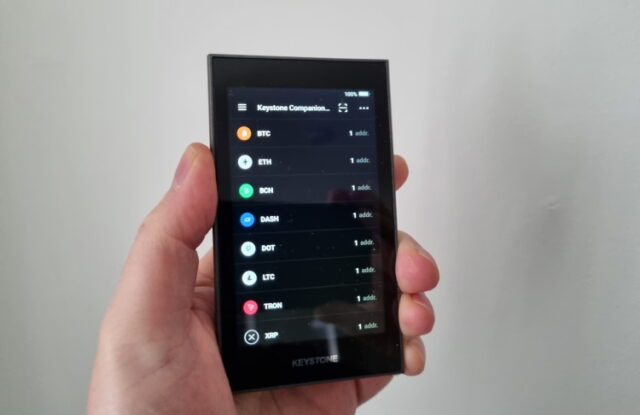For decades, the bank card has been one of the most successful financial innovations in modern history. Today, almost every adult owns some type of card — debit or credit. But as technology evolves, security concerns grow, and user habits change, it’s becoming increasingly clear that the days of traditional plastic cards may be numbered.
This article takes a closer look at where bank cards are headed. We’ll explore the rise of virtual cards, the spread of biometric authentication, and the role of blockchain in future payment systems — and we’ll share practical tips to help you prepare for these changes.
From plastic to mobile apps: a brief history
The story of bank cards began in the 1950s, when embossed credit cards first appeared in the United States. At the time, they didn’t link directly to a bank account but instead provided a line of credit. In the 1970s, magnetic stripe cards became common, and in the 1990s, chip cards brought a major leap in security.
The 2010s saw contactless payments, NFC technology, and digital wallets like Google Pay and Apple Pay transform how we pay. Slowly but surely, the physical card began giving way to purely digital solutions.
Virtual bank cards: stars of the digital era
A virtual bank card exists only in digital form. You get a card number, expiry date, and CVC code, all accessible through a mobile app.
Key advantages:
-
Instant issuance — no waiting for delivery
-
Works for both online and in-store NFC payments
-
Easy to cancel and regenerate
-
No physical theft risk
Fintech players like Revolut, Wise, Curve, and Monese already offer virtual cards by default, and traditional banks are being forced to follow suit.
Biometric authentication: fingerprints, facial recognition, and vein mapping
The PIN code and password are slowly fading into history. Biometric verification — from fingerprint scanners and face recognition to palm and vein scanning — offers stronger security and a smoother user experience.
Most modern smartphones already support these features, allowing many mobile payments to be completed with just a glance or a touch.
Coming trends:
-
Physical cards with built-in fingerprint readers
-
Facial recognition at point-of-sale terminals
-
Multi-factor systems combining biometrics with tokens
Blockchain and decentralized payments
Blockchain isn’t just for cryptocurrencies. More fintech solutions are now using it to enable fast, secure, and intermediary-free transactions. In the future, instead of swiping a card, we might authenticate payments with a decentralized digital identity and execute them via smart contracts.
The race between banks and fintechs
Traditional banks are in a tight race with fast-moving fintech startups. While big banks tend to move slower, fintech firms experiment freely and push new technology to market quickly. For customers, that can mean lower fees, better service, and more modern features.
Data security and regulation
As digital payments become the norm, data protection is a top priority. In the EU, PSD2, GDPR, and national regulations are designed to safeguard user information. Secure biometric systems, encrypted storage, and clear user consent will be essential.
What this means for you
-
Faster, more flexible payment options
-
Services that adapt to your needs
-
More responsibility for your own data and identity
-
Access to alternative payment networks
Security tips for the digital payment era:
-
Use trusted apps like Google Pay or Apple Pay
-
Enable biometric authentication
-
Never store card details in public cloud drives
-
Turn on transaction alerts
-
Regularly review your account activity
Looking ahead to 2030
By the end of the decade, physical bank cards may be a rare sight. Most payments will rely on digital identities, biometrics, and decentralized networks. One mobile app could manage all your accounts, currencies, and payments. Blockchain-based transactions will be transparent and easily traceable.
Preparing for the post-card era
The shift is already underway. Those who embrace new technology early and manage their data wisely will benefit the most. The future of the bank card isn’t just about a new shape or feature — it’s a complete shift in mindset: secure, fast, and user-focused.
If you get ready now, you set the pace. If you wait, you might find yourself playing catch-up. The best advice? Start exploring digital payment options today — so you lead the change, instead of being led by it.
Image(s) used in this article are either AI-generated or sourced from royalty-free platforms like Pixabay or Pexels.
Did you enjoy this article? Buy me a coffee!






